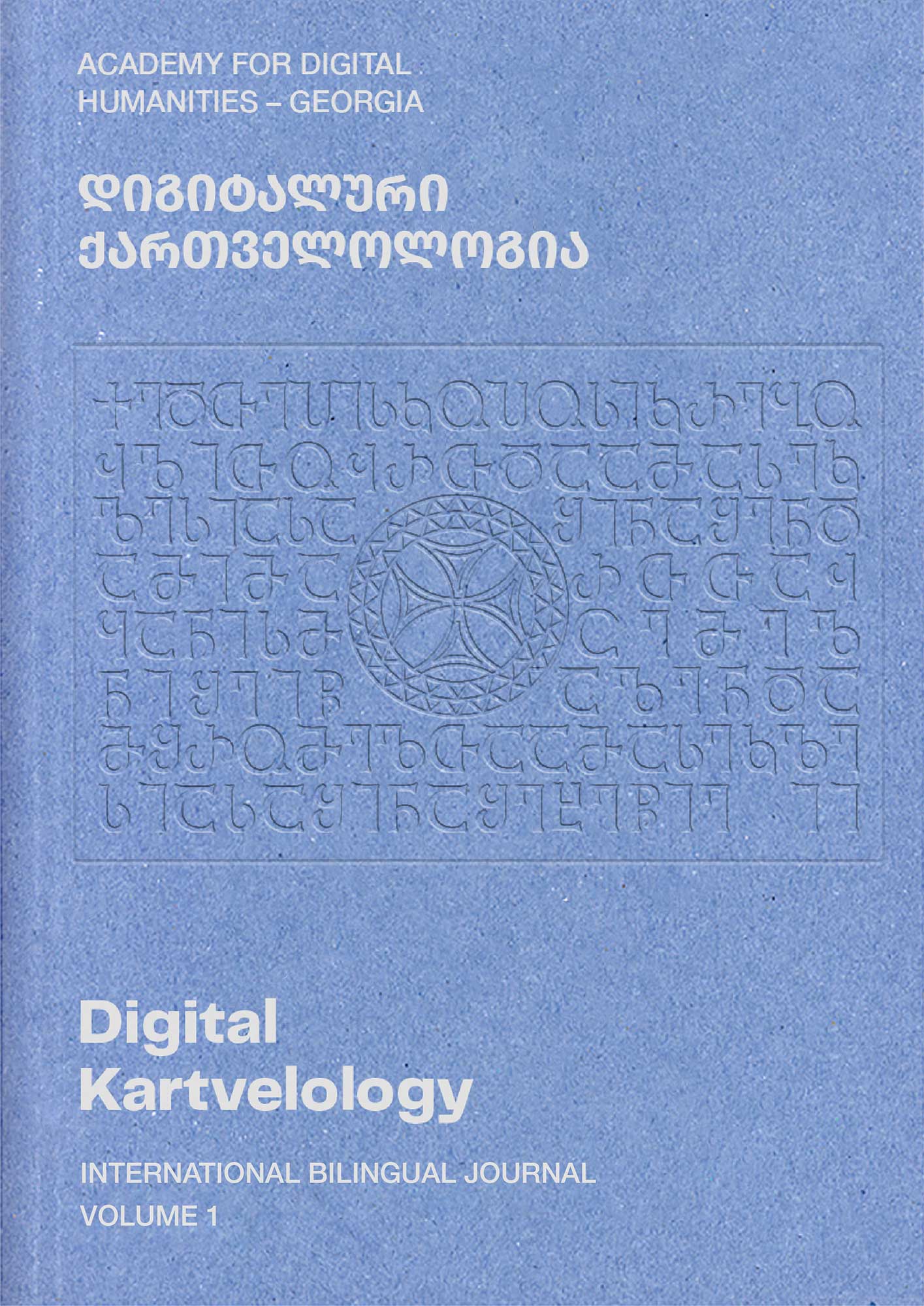Linguistic annotation of Kartvelian languages: I. Nouns (problems and ways to solutions)
Main Article Content
Abstract
The international standards of morphemic analysis of texts have outlined completely new prospects of research for the languages with rich morphological structurebecause typological linguistics systematizes and classifies language facts and phenomena based on the structural content and the number of structural markers. The unity of these markers is relevant for the definition of the essence of language as such, the very phenomenon of language. Morphologically, of great interest with regard to any language are the noun and the verb, because they are structural units of ample syntagmatic data. This proves the importance of the outcomes of morphemic analysis, as well as the vast grammatical capacity of these parts of speech. Kartvelian languages embrace the empirical material of four languages (Georgian, Megrelian, Laz and Svan) with diverse and multifunctional morphemic data. Their systemic research is urgent, important and vital for the definition of the typology of Kartvelian languages as well as for the general typological research. Modern challenges have created the need for the new,reliable and knowledge-based research product that will meet contemporary international standards.
Linguistic morphological analysis is carried out based on the synchronic data. Due to the morphonological changes peculiar of nominal stems, we should take into account the diachronic-etymological factors in order to identify the original forms and meanings of words. The problems of linguistic annotation of the nominal parts of speech in Kartvelian languages are analyzed based on the grammatical categories of case and number:
The issues of segmentation and qualification of the nominal parts of speech with postpositions are discussed with reference to all the four Kartvelian languages.
In Megrelian and Laz, especially in Megrelian, the definition-identification of the nominal stem is specific with regard to the following:
a. The former genitive cases (secondary cases).
b. Due to the phonetic insertion in the singular and plural forms (the insertion that separates consonants or vowels).
c. Due to the phonetic transformation of the stem and the case-marker.
d. Due to the changes in some case-markers caused by phonetic rules.
In Megrelian anthroponyms (maiden names) a gender suffix -ხე /xe/ is usually found.
It is traditionally considered that Svan nouns are more complex than Svan verbs. This opinion is based on the existence of two/three stems in the Svan declension system and the existence of double declension paradigm. The empirical material is diverse, taking into account the dialectal data as well. Out of Kartvelian languages, only Svan has the so-called “prepositional-postpositional“ cases. Such forms express semantic nuances, and, in this, they are close to double local cases found in the highland dialects of the Svan language. The lexical-grammatical patterns denoting names of clans-families are also extremely diverse in the Svan langauge.
In the process of annotation (segmentation-marking) of the nominal lexemes, alongside with formal data, we should take into account the semantic peculiarities. Besides, description-qualification of the formal mechanisms of nominal parts of speech will be complete and accurateonly if it reflects the outcomes of the phonetic transformation of forms.
Annotation, including morphological annotation, is conventional (achieved on the basis of agreement). However, the theoretical foundation should be consistent, especially in condition of diverse opinions.
